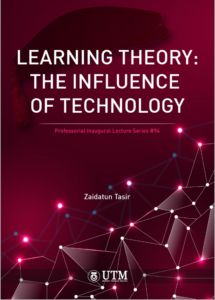Are you a student, educator, or budding researcher in the field of education? If you’re looking for a practical, self-paced resource to guide you through research methods and academic writing, I’m excited to introduce you to EduResearcHub — a platform I created to support your academic journey.
What is EduResearcHub?
EduResearcHub is a curated, self-learning portal offering step-by-step video tutorials, downloadable materials, ready-to-use research instruments, and tailored AI support (yes, including a customised ChatGPT assistant!). It’s designed to help you understand and apply research methods effectively, whether you’re preparing your thesis or publishing your first journal article.
Everything is FREE
All content is available at no cost. I started this initiative in 2021, and I’m now opening it to everyone — students, early-career researchers, and even supervisors who are guiding others.
What You’ll Find Inside
- A complete video series on how to write research chapters
- Notes and tips on methodology and data analysis
- AI tools to help you brainstorm and refine your work
- Examples of research instruments and how to use them
- Resources on how to publish in reputable journals
What’s Next?
InshaAllah, I’ll continue updating the site with fresh content from time to time. The aim is to make EduResearchHub a growing ecosystem for anyone passionate about research in education.
Visit the site now:
👉 https://sites.google.com/view/eduresearchub/
Let’s learn, explore, and grow — together.


